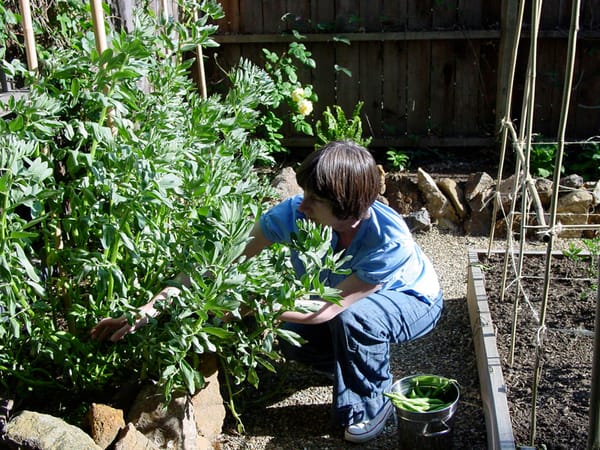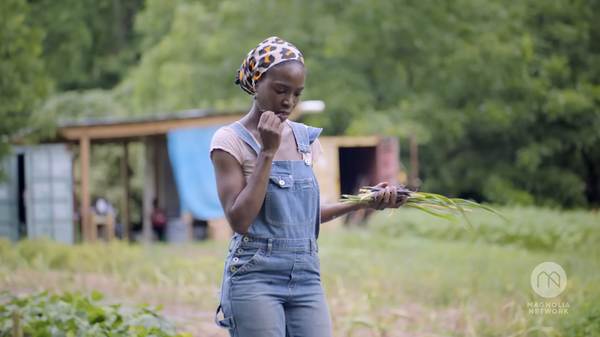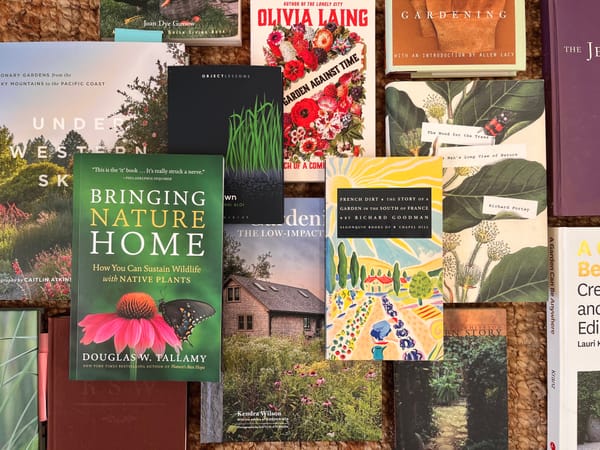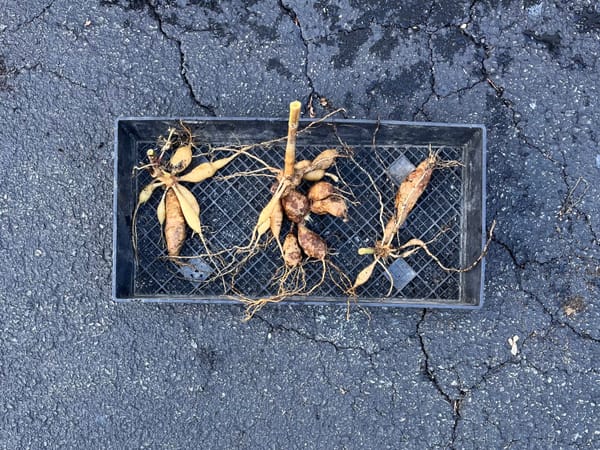On My List: Keystone plants
The start of a planting plan, with the most eco-beneficial plants first.
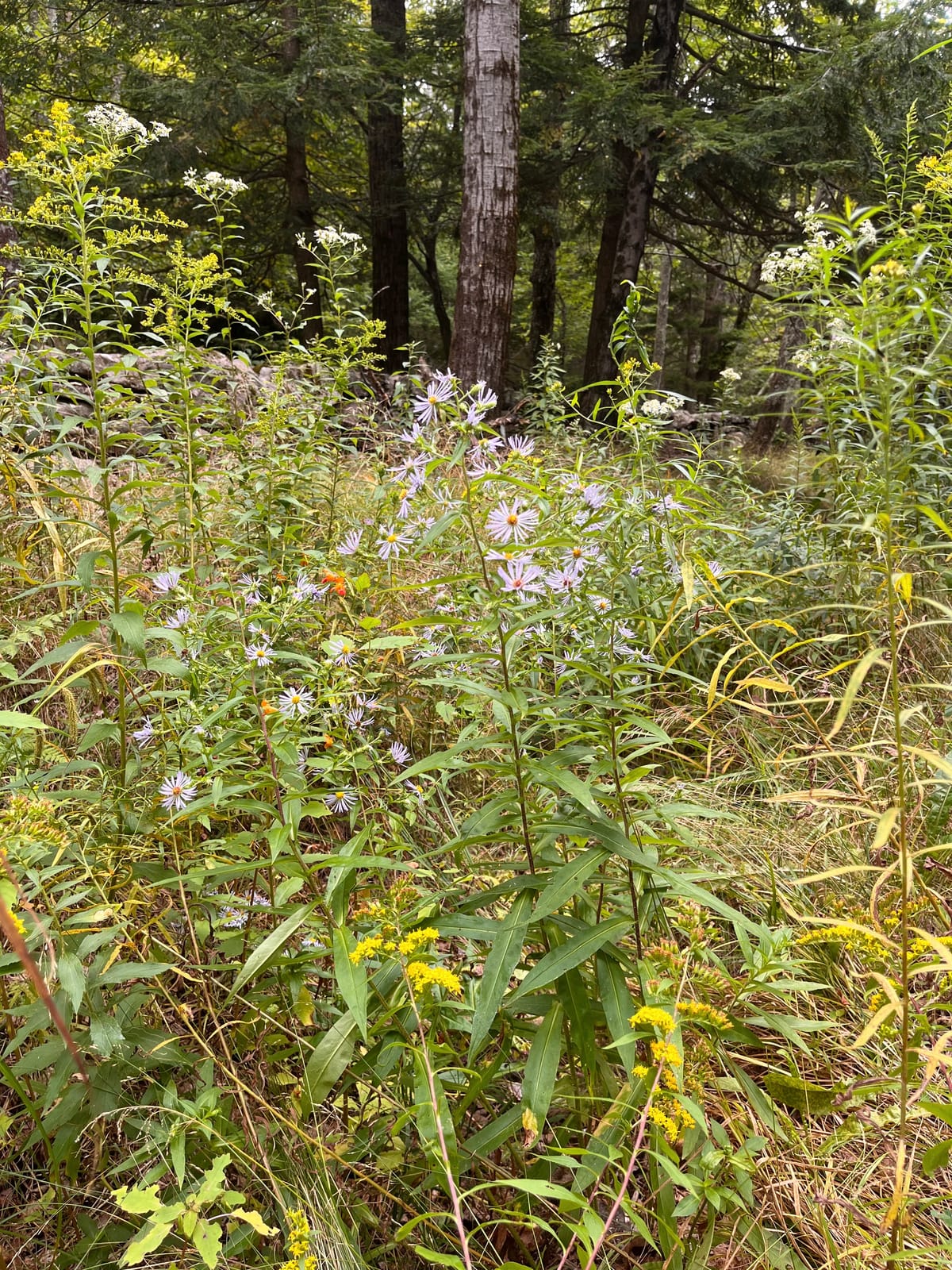
As we welcome fall and head toward winter, it’s funny to me how little I planted this year. Late last summer, when this garden first started, it was about getting the (future) big structural pieces in place. With help, I put in assorted trees and shrubs, and had expected to start filling in around them this year. Instead, I did my little driveway potager test run and replaced a few things. (Swapped out lilac for viburnum in two places, and evergreen for evergreen where a few didn’t survive the dry winter.) Apart from the serviceberry — a new piece of the structural equation — the only real additions were more ironweed along the fence line and some Amsonia (blue star) scattered around, which were an impulse buy when I ran into them on sale in the spring, totally new to me.
In addition to the mental and physical hurdle of the portion of asphalt I mean to remove someday (which I haven’t talked about here yet, and will soon), the thing holding me back really is a lack of familiarity with the plants. Given limited space, time and funds, I want to make good choices, which first means knowing what there is to choose from. So I’m welcoming this winter as a time to do a bunch of research, dreaming and scheming, and my starting point is the making of a plant wish list.
Below are the first four things I’m putting on the list: starting with keystone plants. I have told the story here of the day I first heard the term “native plant,” from a neighbor 20-odd years ago — the woman next door to my first attempt at gardening, who had watched me plant all sorts of exotic, tropical and random big-box-store plants in the backyard of our little Napa rental. At that point, I understood what working with native plants could do for me — that many of the plants I was struggling to grow there (ironically, a place where the concept of “terroir” is so pervasive) were ones that didn’t belong in that dirt and those conditions, and that’s why they either needed a lot of intervention from me or simply wouldn’t grow. Eventually, I learned to think about plants from the perspective of what nature needs from me, but it was just a year ago that I first heard about “keystone plants.”

